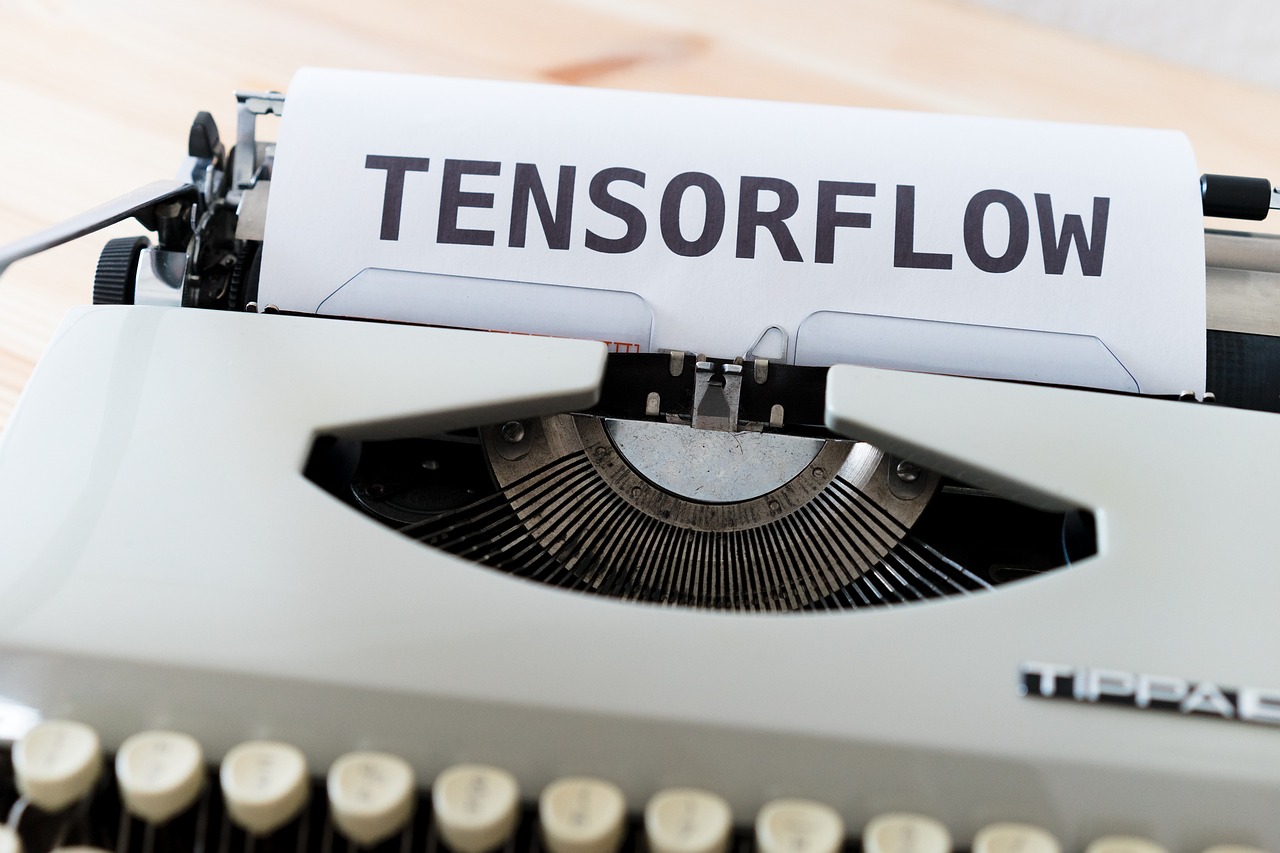learning model in TensorFlow: Building deep learning models is an exciting and rewarding process that involves designing powerful algorithms that can learn to recognize patterns and make predictions from large amounts of data. With the rise of machine learning and artificial intelligence, deep learning has become one of the most popular and exciting fields in computer science today. In this article, we will explore how to build a deep learning model in TensorFlow, one of the most popular and flexible machine learning frameworks available.
Setting up TensorFlow: A Step-by-Step Guide
Before we can build a deep learning model, we first need to set up TensorFlow on our machine. This involves installing the necessary dependencies, such as Python and pip, and then installing TensorFlow using the pip package manager. Once TensorFlow is installed, we can begin importing it into our Python scripts and using its powerful tools and functions to build and train our models. For a step-by-step guide to setting up TensorFlow, check out the official TensorFlow documentation.
Designing Your Model: Choosing the Right Architecture
The next step in building a deep learning model is designing its architecture. This involves choosing the right type of model for your problem, such as a convolutional neural network for image classification, or a recurrent neural network for sequence prediction. It also involves choosing the right number and size of layers, selecting activation functions, and setting hyperparameters such as learning rate and batch size. TensorFlow provides a wide range of tools and functions to help you design your model, including the Keras API for building and training neural networks.
Preparing Your Data: A Crucial Step in Deep Learning
Preparing your data is a crucial step in building a deep learning model. This involves collecting and cleaning your data, splitting it into training and validation sets, and preprocessing it for use in your model. This might include scaling and normalizing your data, one-hot encoding categorical variables, and converting text or images into numerical representations that can be used in your model. TensorFlow provides a range of tools and functions to help you preprocess your data, including the tf.data API for creating efficient input pipelines.
Training Your Model: Tips and Tricks for Success
Once your model is designed and your data is prepared, it’s time to train your model. This involves feeding your data into the model and adjusting the weights and biases of its neurons to minimize the loss function and improve its performance. Training a deep learning model can be a complicated and time-consuming process, but there are a number of tips and tricks you can use to improve its speed and accuracy. These might include using data augmentation techniques to generate more training data, using regularization techniques to prevent overfitting, and monitoring your model’s progress using visualizations and metrics.
Fine-Tuning Your Model: Optimizing Performance
After your model has been trained, it’s time to fine-tune its performance. This involves adjusting the hyperparameters of your model, such as the learning rate and batch size, and experimenting with different optimization algorithms to improve its performance. It may also involve fine-tuning the weights and biases of specific layers of your model, or using transfer learning techniques to leverage pre-trained models for your specific problem. TensorFlow provides a range of tools and functions for fine-tuning your model, including the tf.keras.callbacks API for monitoring and adjusting your model during training.
Evaluating Your Model: Metrics and Analysis
Once your model has been trained and fine-tuned, it’s time to evaluate its performance. This involves measuring its accuracy on a separate test set of data, and comparing its performance to that of other models or benchmarks in your field. It may also involve analyzing the strengths and weaknesses of your model, and identifying areas for improvement. TensorFlow provides a range of metrics and analysis tools for evaluating your model, including the tf.keras.metrics API for measuring accuracy and other performance metrics, and the tf.keras.utils.plot_model function for visualizing the architecture of your model.
Taking Your Model to the Next Level: Real-World Applications
Once you have successfully built and evaluated your deep learning model in TensorFlow, it’s time to take it to the next level and apply it to real-world problems. This might involve deploying your model as a web service or mobile app, integrating it into a larger machine learning pipeline or software ecosystem, or using it to solve problems in fields such as healthcare, finance, or transportation. TensorFlow provides a range of tools and resources for taking your model to the next level, including the TensorFlow Serving API for serving your model as a web service, and the TensorFlow Lite API for deploying your model on mobile devices.
===OUTRO:===
Building a deep learning model in TensorFlow can be a challenging and rewarding experience that opens up a world of possibilities for machine learning and artificial intelligence. Whether you’re a beginner or an experienced data scientist, TensorFlow provides a flexible and powerful framework for building and deploying deep learning models for a wide range of applications. By following the steps and best practices outlined in this article, you’ll be well on your way to building your own successful deep learning models in TensorFlow.

